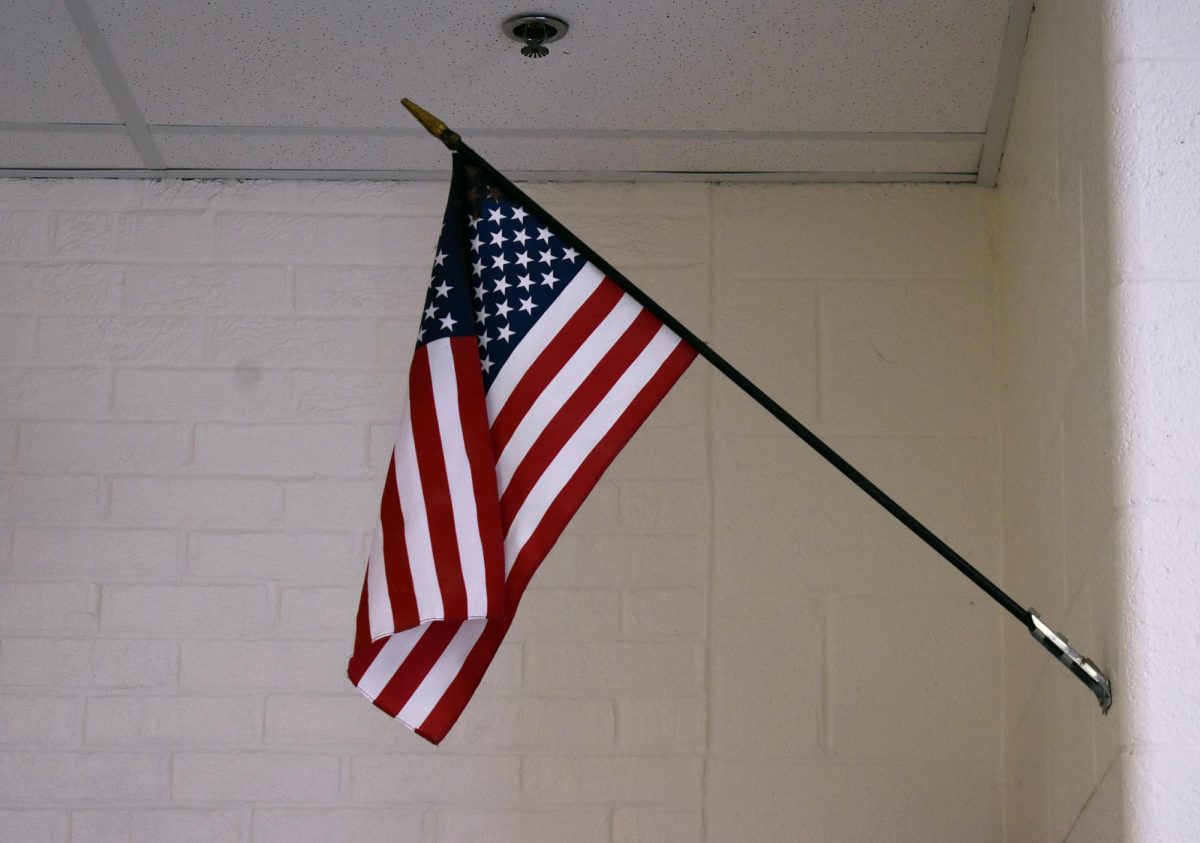Donald Trump’s first 100 days in office have cultivated a whirlwind of executive orders and decisions, which have bred arguably turbulent domestic results.
Major headlines tend to shift more towards his shakeup of the bureaucracy with “shutting down” the DOE, ending USAID, or the havoc wreaked with the erroneous deportations.
However, not as much light has been shed on Trump’s foreign policy which is in response to an international system that is shifting before us.
Such shifts in perceived global threats and the position of the United States then begs the question of the world’s most prominent military alliance: NATO — and what its future entails, if there should be any.
What is NATO?
The North Atlantic Treaty Organization, the military IGO was created in 1949, after the end of World War II and at the onset of the Cold War. NATO essentially allowed for the US to serve as a shield for Europe against the threat of an expansionist Soviet Union.
America’s dominant role within the military alliance is not only due to its emergence as a global superpower since 1945, but also due to our efforts in rebuilding a destroyed Europe post WW2 under the Marshall Plan.
Through NATO, the US essentially holds a protective shield over Europe against the threat of Russia, or previously the Soviet Union.
NATO’s role in modern conflicts: Russia-Ukraine War
It is clear Russia is no longer the global threat it once was as the Soviet Union pre 1991, but the threat of Moscow’s expansionist push westward into Europe is still present. Moscow’s invasion of Ukraine in February of 2022 is a testament to this. The invasion manifested into a three year conflict, requiring close focus from NATO and global support for Kyiv.
The largest perceived threat was a potential spillover effect of Russian armed forces further west, notably in Poland and Romania. And while Moscow’s forces have struggled to maintain focus in Ukraine alone for the last three years, the invasion nonetheless shocked Europe and sparked worry in other Eastern European states.
Throughout, NATO member states (US, UK, Germany, France, have aided Ukraine with support in all spheres: political, diplomatic, and through the supply of weapons and other forms of military and intelligence assistance
The current state of the conflict
While both Russia and Ukraine are engaged in military operations as of now, negotiations for a ceasefire, being brokered by the United States, are underway. These talks began in January once Trump came into office, as he pledged to end this conflict — as well as other unnecessary global entanglements — during his campaign.
While the plausibility of a durable ceasefire remains uncertain, what is certain is that it will come from Trump’s direction of negotiations and his own foreign policy agenda as opposed to any joint efforts from NATO.
Russia’s place in the international system has obviously been immensely weakened.
Moscow has lost close to one million troops (916,770, according to the Kyiv Independent) since February 2022. Not to mention, their economy has suffered massively due to the cost of war, which includes severe international sanctions.
To think that the second largest military, and fourth largest nuclear power, has been debilitated to such an extent highlights the regression our supposedly largest adversary has faced.
With Russia severely weakened, it begs the question if NATO is still the relevant IGO it was once.
Our Reality
NATO was built to counter a common enemy in a global order that has long passed. With the US’s current adversary being China, in which our competition is centered on economic and technological advances, and not necessarily deterring an expansionist nuclear power, the global order is no longer what it was in the 20th century.
And for reference, each member state is encouraged to pour roughly 2% of their GDP on indirect defense spending for the IGO, with the US paying close to 3.5% in 2023.
Two key powers are missing from the equation that keeps NATO a necessary entity: The United States and Russia.
We’ve already addressed Russia’s current state in that it is no longer a global (or even continental) threat, which was the entire point of NATO’s formation to begin with.
Regarding the United States, it’s clear that the global superpower and spearheader of NATO is reducing its global entrenchment under Trump. NATO functions because Europe was under the funding and leadership of the United States. Without the protector, and the enemy, how should NATO continue?
This then opens up two possibilities for the IGO: NATO might as well accept its status in the current state of the world, or evolve to address and fit the current global concerns. The latter sounds better, but the implementations remain far too grandiose and ambiguous as of now.
Trump has seemed to lean more towards the first option, which is seen through his repeated threats to remove the United States from NATO.
These threats have more so been political leverage, placing pressure on the remaining NATO member countries to pay their share and stop relying on American funding for an issue that hasn’t bugged us for decades.
Nonetheless, Trump’s second term in response to a shifting international order has shown that funding NATO is a cost with little benefits today.











